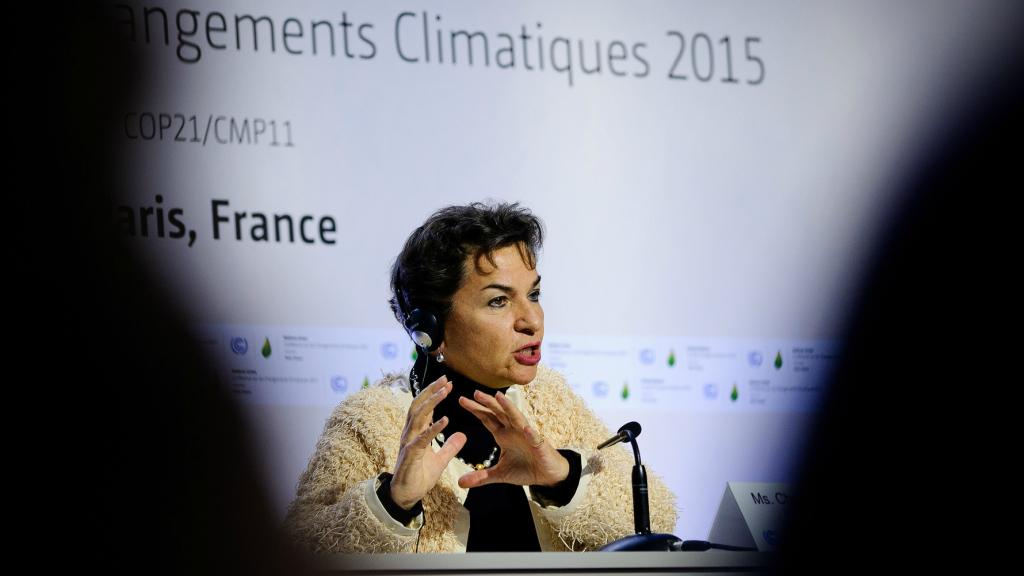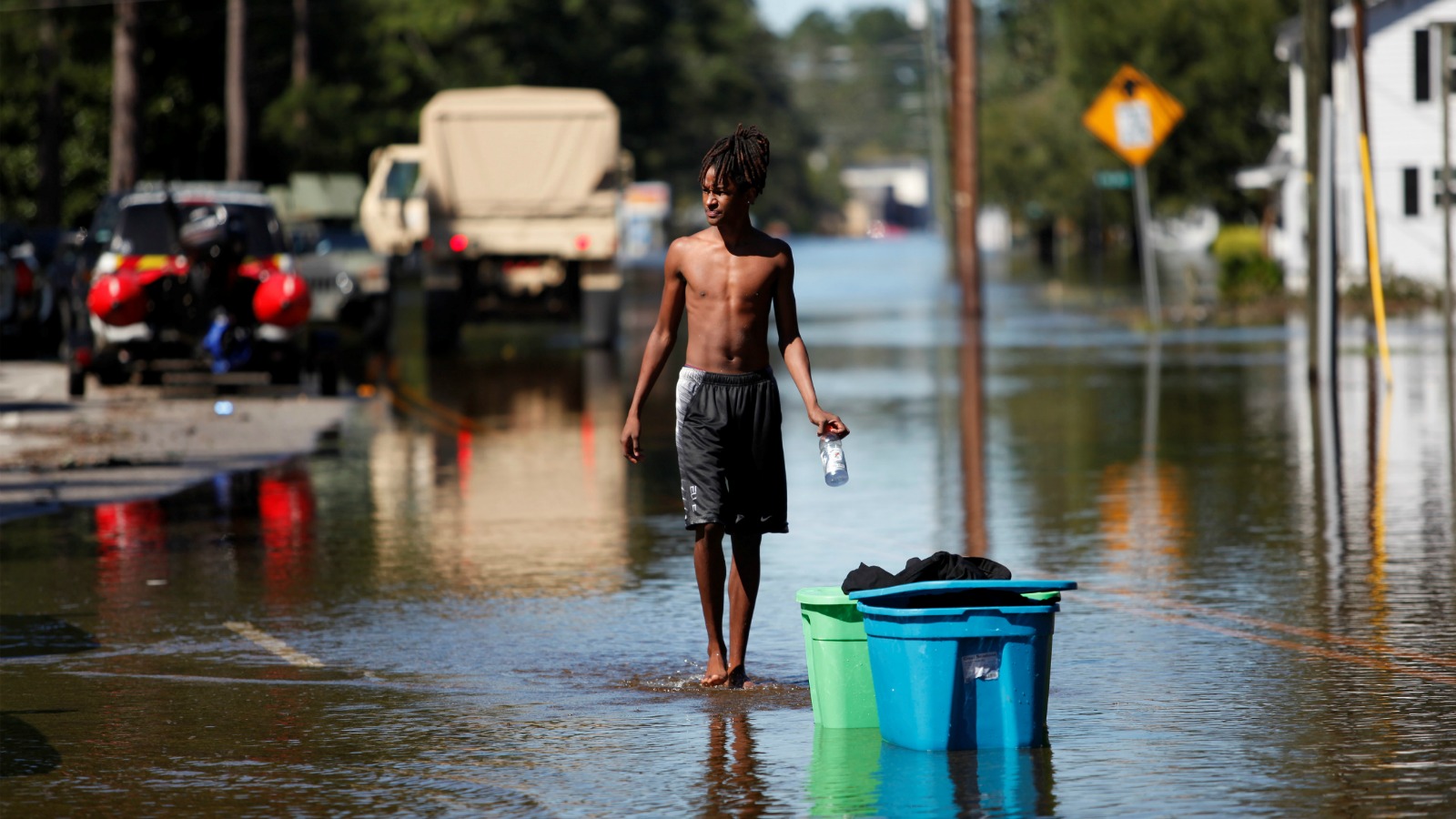This story was originally published by the Guardian and is reproduced here as part of the Climate Desk collaboration.
Climate change is likely to worsen existing inequalities in the U.S., with the poorest areas of the country poised to lose as much as 20 percent of their income by the end of the century if greenhouse gases are not significantly reduced.
By 2100, the economic loss from warming temperatures will be on par with the Great Recession of 2008 and 2009, with states in the South and lower Midwest to be most severely affected, according to new research. Overall, each 1 degree C of temperature rise is forecast to cost the U.S. economy 1.2 percent in lost GDP, on average.
“Unmitigated climate change will be very expensive for huge regions of the United States,” said Soloman Hsiang of the University of California, Berkeley, one of the authors of the study.
“If we continue on the current path, our analysis indicates it may result in the largest transfer of wealth from the poor to the rich in the country’s history.”
While large areas of the South will suffer economically and socially from heatwaves, storms, and failing crops, parts of New England and the Pacific Northwest will do comparatively well, with balmier conditions reducing deaths from the winter cold and some crops responding well to the extra warmth.
Previous research has shown that in some areas of the U.S., people have experienced seemingly favorable alterations to the climate. But the new study, conducted by a trio of U.S. universities and published in Science, warns that unchecked climate change will prove costly for the whole country.
“We are finely balanced at the moment, but even areas that will do well end up being harmed if the world warms more severely,” said Robert Kopp, a professor of Earth and planetary sciences at Rutgers University and another coauthor. “That borderline of net harm marches northwards over the course of the century.”
“Climate change will be an amplifying factor in preexisting economic inequalities. The warmest parts of the country are also the poorest parts of the country.”
Scientists looked at 116 climate projections and ran thousands of simulations of what would happen to the American economy under different emissions scenarios. Should little be done to constrain heat-trapping gases, temperatures could increase by up to 10 degrees F (5 degrees C) by the end of the century.
By analyzing the impacts on agriculture, crime, coastal storms, energy use, climate-related deaths, and disrupted working conditions, the researchers found that the poorest third of counties in the U.S. are set to experience an income loss of between 2 percent and 20 percent in this worst case scenario.

Unchecked climate change will prove costly for the whole country.
As temperatures rise, some crops do well and cold-related deaths can drop off. But any increase in warmth is linked to rising seas and an increase in violent crime, with many aspects of life becoming hard or even unbearable as the temperatures climb further.
Heatwaves are expected to pose a growing risk to people’s lives, while the output of workers drops as it gets hotter. Energy use for cooling will grow as temperatures rise, while storms and the advancing seas will take their toll on coastal communities.
States such as Texas, Louisiana, and Georgia are expected to fare particularly badly. But Florida could be worst off of all, given its low elevation and vulnerable demographics, Kopp said.
“Florida is home to a lot of the hardest-hit counties,” he said. “It’s hot, there are plenty of older people there, and they will have a lot of coastal flooding and storms. You end up with Florida being the epicenter of these impacts.”
The economic cost of climate change will gather pace as temperatures climb, the study found, with an average 0.6 percent GDP loss from the first 1 degree C of temperature rise compared to 1.7 percent of GDP lost once the fifth degree of warming is experienced.
Curtailing emissions from power plants, vehicles, and agriculture will lessen some of these impacts, however. The research forecasts an average of one death per 100,000 people from climate-related impacts by the end of the century if emissions are radically cut, compared to a toll 10 times higher under “business as usual” conditions.
Donald Trump hasn’t acknowledged an economic cost to climate change and has instead pulled the U.S. out of the Paris climate agreement and started dismantling various environmental regulations with the stated goal of boosting growth. In his speech announcing the U.S. departure from the Paris accord, Trump said measures to reduce emissions would leave “millions and millions of families trapped in poverty and joblessness.”
This position has been increasingly challenged by researchers who have found that the cost of addressing climate change will probably be dwarfed by the consequences of rising seas, storms, drought, and other maladies.
In 2006, the economist Nicholas Stern released a landmark report for the U.K. government that warned that at least 5 percent of global GDP could be lost each year due to climate change.
Meanwhile, the EPA has warned the U.S. faces up to $180 billion in economic losses by the end of the century due to drought and water shortages, and a separate study from Stanford and Berkeley researchers found that most countries suffer economic losses once average temperatures move beyond 55 degrees F.



